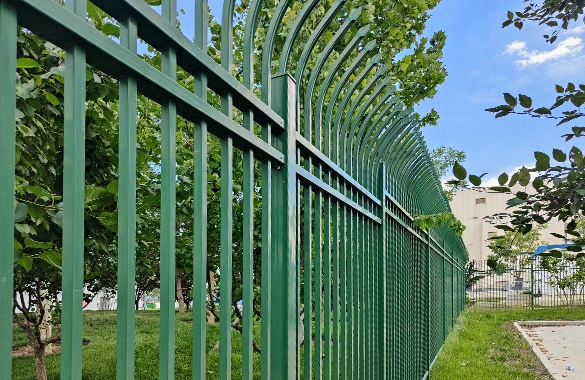Choosing the Right Nails for Your Roofing Projects to Ensure Longevity and Durability
Aug . 15, 2024 10:35
Understanding Roofing Paper and Nails Essential Components for a Durable Roof
When it comes to roofing, the importance of quality materials cannot be overstated. Among these materials, roofing paper and nails stand out as critical components that contribute to the longevity and effectiveness of a roofing system. In this article, we will explore the roles of roofing paper and nails, the types available, and some best practices in their application.
What is Roofing Paper?
Roofing paper, commonly referred to as felt paper or underlayment, acts as a protective barrier between the roofing materials and the roof deck. It serves multiple purposes, including moisture prevention, heat insulation, and added durability. Typically made from fiberglass or organic materials, roofing paper is designed to be resistant to tearing, weather, and UV rays, making it an essential layer underneath shingles or tiles.
The most common types of roofing paper include
1. Organic Felt Made from recycled paper products, organic felt is saturated with asphalt. This type of underlayment provides good waterproofing capabilities but may not be as durable in extreme conditions compared to synthetic options.
2. Fiberglass Felt This type consists of a fiberglass mat that offers superior strength and is less susceptible to deterioration. Fiberglass felt is also lighter and can handle extreme temperatures, making it a popular choice among roofing professionals.
3. Synthetic Underlayment An innovative alternative to traditional felt, synthetic underlayment is made from polypropylene or polyethylene. This type is lightweight, highly tear-resistant, and provides excellent waterproofing properties without the risks of curling or wrinkling associated with felt.
The Role of Roofing Nails
In conjunction with roofing paper, roofing nails play a pivotal role in securing roofing materials, ensuring that they remain intact despite weather changes and time. These nails are specifically designed for roofing applications and come in various types based on the material being used for the finish layer.
roofing paper nails

Key characteristics of roofing nails include
- Material Most roofing nails are made from galvanized steel, which provides corrosion resistance. Some are coated with a layer of asphalt or other protective materials to enhance their durability and lifespan.
- Length and Gauge The length of the nail is essential to ensure it penetrates the roofing paper and attaches the shingles securely to the deck. Common lengths range from 1 inch to 2 inches, while the gauge usually falls between 11 and 14, depending on the application.
- Head Design Roofing nails typically feature a larger flat head to provide a better grip and prevent pull-through, especially under adverse weather conditions.
Best Practices for Application
Using roofing paper and nails correctly is critical for ensuring the effectiveness of a roofing system. Here are some best practices
1. Proper Installation of Roofing Paper Begin at the eaves and work your way up, overlapping each layer by at least 4 inches. This overlap is crucial to create a water-shedding effect, preventing water from infiltrating the roof deck.
2. Correct Nailing Techniques Ensure that nails are driven straight and not overdriven, as this can damage the roofing materials and create vulnerabilities. Follow the manufacturer's specifications regarding the number of nails needed per shingle.
3. Regular Inspections After installation, regular inspections of the roofing system can identify potential issues early, ensuring that both the roofing paper and nails are functioning as intended.
In conclusion, roofing paper and nails may seem like minor components in the grand scheme of a roofing project, but their roles are indispensable. By choosing the right materials and following best practices during installation, homeowners can achieve a durable, weather-resistant roof that will stand the test of time. A well-installed roof not only adds to the aesthetic appeal of a home but also protects the structure and its occupants from the elements.




















